Did you know that India is home to around 472 species of amphibians? Out of them, around 252 species are found in the Western Ghats alone! Due to the high altitude and the heavy rainfall the region receives, the Ghats are home to pristine rainforests which house a wide array of flora and fauna. Of the many beautiful places in the Western Ghats, Coorg remains the closest to my heart. Nestled in tall mountains and home to tropical rainforests, shola forests and coffee plantations, Coorg is a true haven for frogs and toads.
Frogs might not fall under the conventional 'mainstream' wildlife category, however, these tiny creatures play an important role in our ecosystem and call for our undivided attention. Here, I attempt to shine the light on these beautiful creatures as I showcase the wide variety of endemic species of frogs I have seen and photographed in Coorg.
Blue-eyed Yellow Bush Frog (Raorchestes luteolus)
IUCN Red List Status: Data Deficient
One of the flagship species from Coorg is Raorchestes luteolus. The blue ring around its eye earns the frog its common name—Blue-eyed Yellow Bush Frog. It also goes by the name Coorg Yellow Bush Frog, owing to the fact that it is endemic to the region, especially to areas in and around Coorg and up to the Sharavathi Valley. They belong to the genus Raorchestes and are small in size, measuring just up to 24-29mm in length. They are usually active at night. The life cycle of this species is not very well known but observations of amplexus away from water bodies suggest direct development of young ones (without a tadpole stage) like the other frogs of the genus Raorchestes.
Malabar Gliding Frog (Rhacophorus malabaricus)
IUCN Red List Status: Least Concern
The Malabar Gliding Frog is undoubtedly a gem of the Western Ghats. Endemic to the region, it belongs to the family of tree frogs. The Malabar Gliding Frog stretches the webbing between its toes to break its fall when leaping down from treetops, thus receiving the moniker of gliding frog. These beautiful green-coloured frogs are usually found high up in trees and only descend down once dusk falls. Females choose leaves that hang over a waterbody to create foam nests in which they lay their eggs. Once the eggs hatch, the tadpoles land directly into the water, where they go through the next stage of transformation.
Glandular Bush Frog (Raorchestes glandulosus)
IUCN Red List Status: Vulnerable
The Glandular Bush Frog or the Southern Bubble-nest Frog is one of my favourite frog species; it was the first Western Ghats endemic I saw back in 2017. I have seen three different individuals over the past few years and surprisingly each one had a different colour variation. Belonging to the family of bush frogs, they are extremely small in size. They can be found in the states of Karnataka and Kerala, and are also referred to as Pretty Bush Frog for obvious reasons.
Small Tree Frog (Rhacophorus lateralis)
IUCN Red List Status: Endangered
Boulenger’s Tree Frog, Small Tree Frog, Small Gliding Frog, Winged Gliding Frog – this is a frog of several names! Described by Boulenger in 1883, the Small Tree Frog was lost to science until the late 90s, when a team of researchers working in Coorg spotted an individual. These frogs are usually found adjacent to water bodies in rainforests, just like the Malabar Gliding Frog, due to their habit of building foam nests. The species can also change colour, alternating between brown and green.
Seshachar’s Bush Frog (Raorchestes charius)
IUCN Red List Status: Endangered
Seshachar’s Bush Frog belongs to the family Rhacophoridae. Usually found on the stems of shrubs about 0.5 to 1.5m above the ground, they can be observed in the hills around Coorg and Chikmagalur in Karnataka. It is rarely seen and photographed and is always a prized catch.
You may also like to read
Large Ponmudi Bush Frog (Raorchestes ponmudi)
IUCN Red List Status: Critically Endangered
The Large Ponmudi Bush Frog also belongs to the Rhacophoridae family, and is another endemic of the Western Ghats. The species was named so after being discovered in the town of Ponmudi in Kerala. It is one of the larger species of bush frogs with males measuring up to 4cm.
Wayanad Bush Frog (Pseudophilautus wynaadensis)
IUCN Red List Status: Endangered
One of the most widespread bush frogs in the region, you are almost certain to bump into one of these when you visit Coorg. Also known as the Dark-eared Bush Frog, it is another Western Ghats endemic and is found in Kerala, Tamil Nadu and central Karnataka.
Western Ghats Tree Frog (Polypedates occidentalis)
IUCN Red List Status: Data Deficient
One of the lesser-known frogs, I hadn’t heard about the species until I saw it for the first time! Described as recently as 2006, it is the latest member of the Polypedates family. The Western Ghats Tree Frog is usually found in bushes and trees situated near water bodies, and as the name suggests, it is endemic to the Ghats.
Elegant Dancing Frog (Micrixalus elegans)
IUCN Red List Status: Data Deficient
Micrixalus elegans is one of the Micrixalus species that exhibits the foot-flagging behaviour, earning it the name Elegant Dancing Frog. These frogs have faint calls, and it is hard to be heard over the loud sound of water flowing in the streams they live around. So, the males of this species use a unique technique where they stretch their entire hind leg away from the body to try and capture the attention of potential mates. They also use their hind legs when they engage in combat with other males, by kicking them!
Bicoloured Frog (Clinotarsus curtipes)
IUCN Red List Status: Near Threatened
One of the most commonly found frogs of south India, they are usually seen on the forest floor where they blend in perfectly with the leaf litter. Another endemic species of the Western Ghats, they have webbed feet and small discs for toes. The females of the species are larger in size than males.
I hope this has helped you in developing an affinity towards these little creatures or at least erased some of your misconceptions about them. In recent times there has been a decrease in frog populations across the country, which is mainly due to urbanisation and reduction of forest cover. Frogs are considered as bioindicators—a low frog population is often a sign of a poor and polluted habitat. Climate change has also negatively impacted frogs, as they are cold-blooded and can only survive in a particular temperature range. Pollution of water bodies is another major threat, and so is noise pollution. Due to noise, their calls do not travel, thus hindering their ability to find mates.
People need to be educated more about these little gems, which would lead to a greater love for these creatures, thus leading to more efforts towards their conservation. After all, we do conserve what we love.
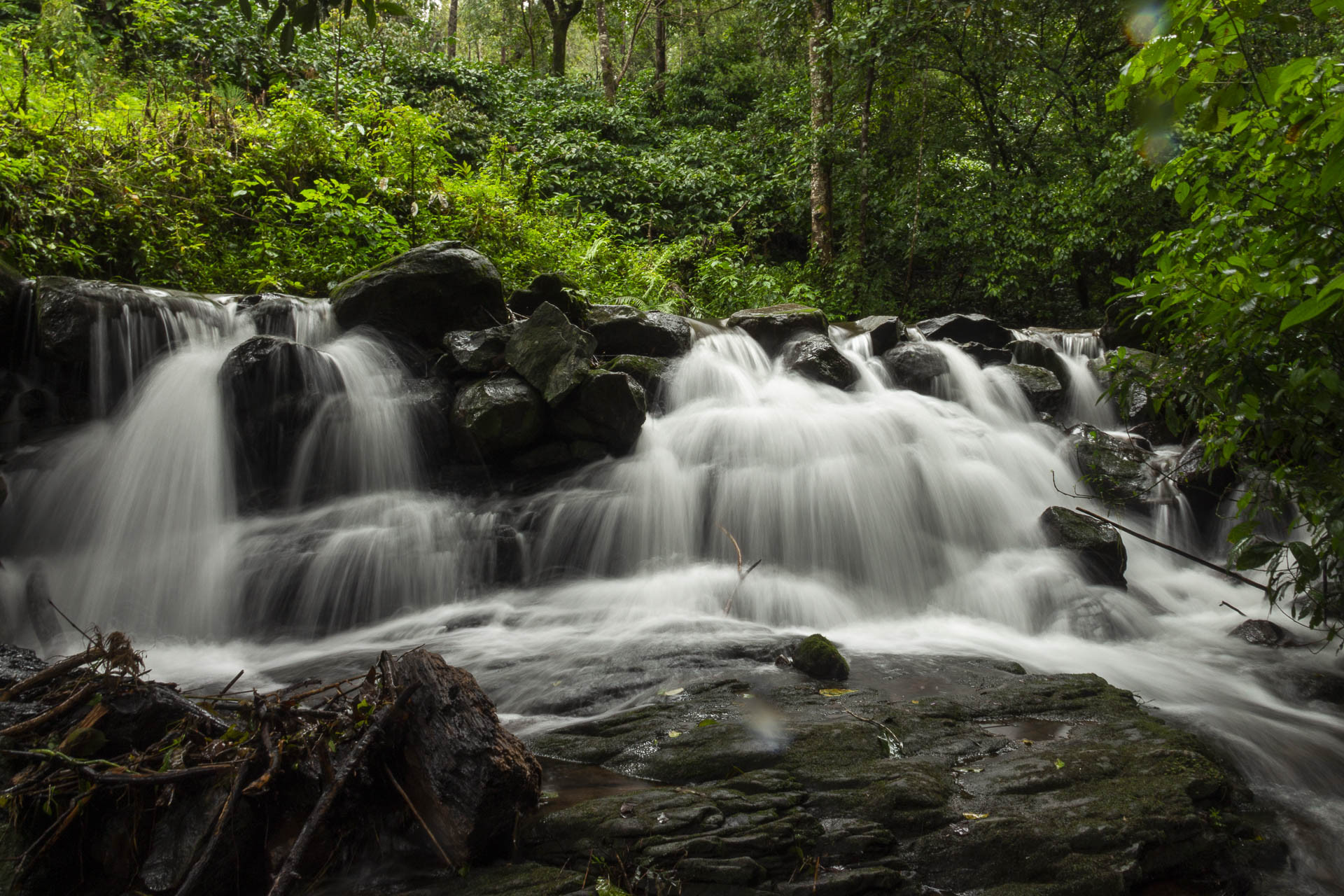
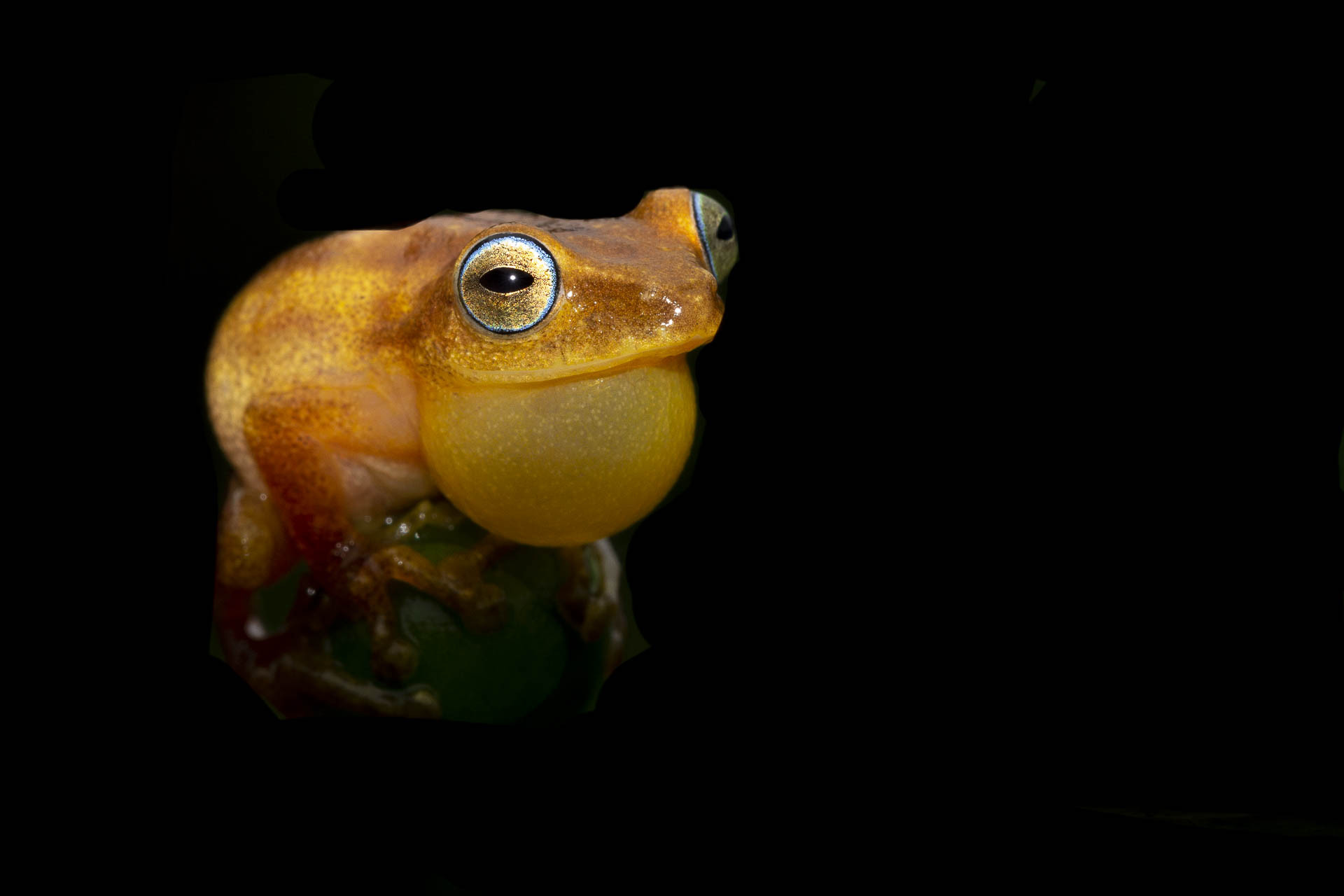
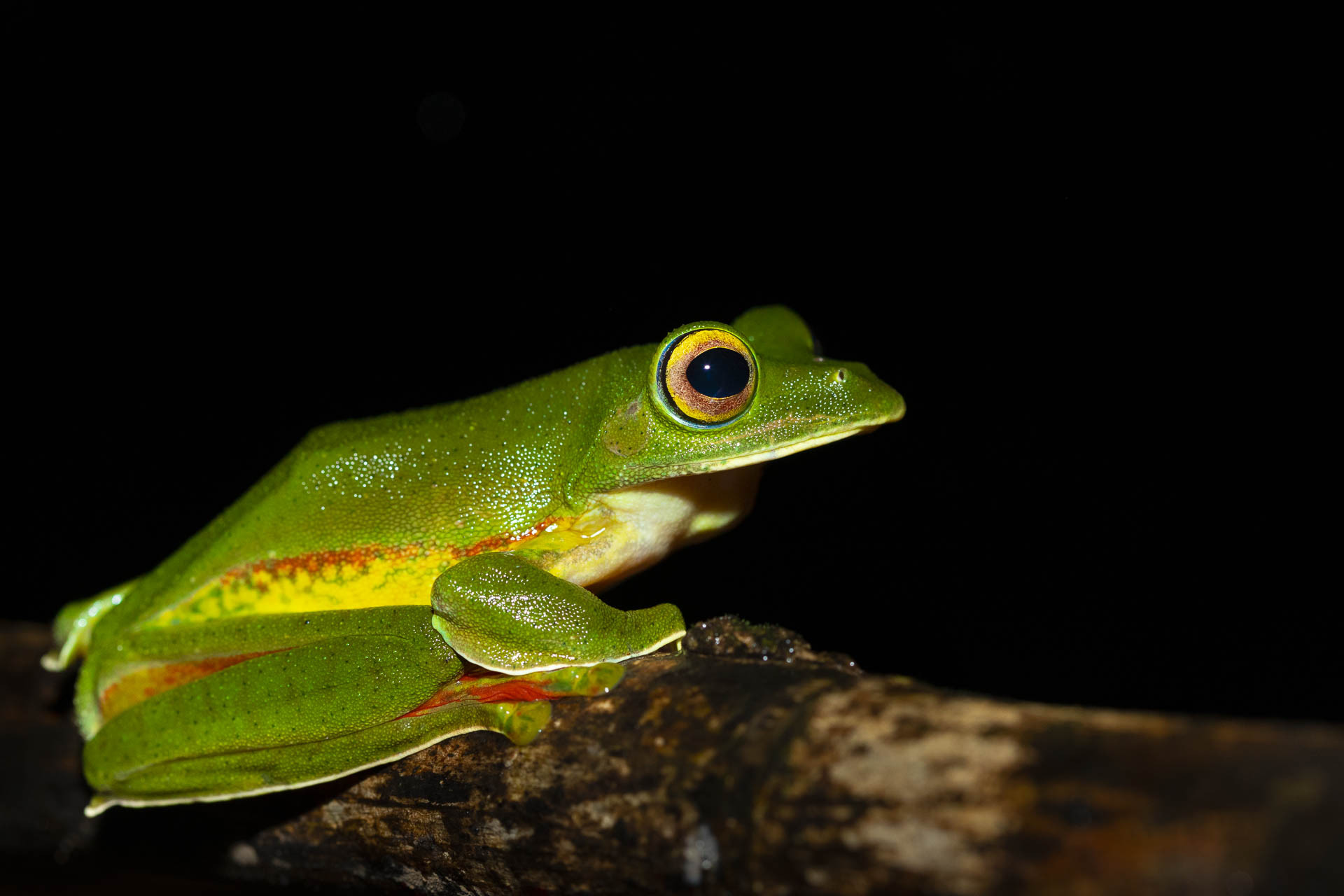
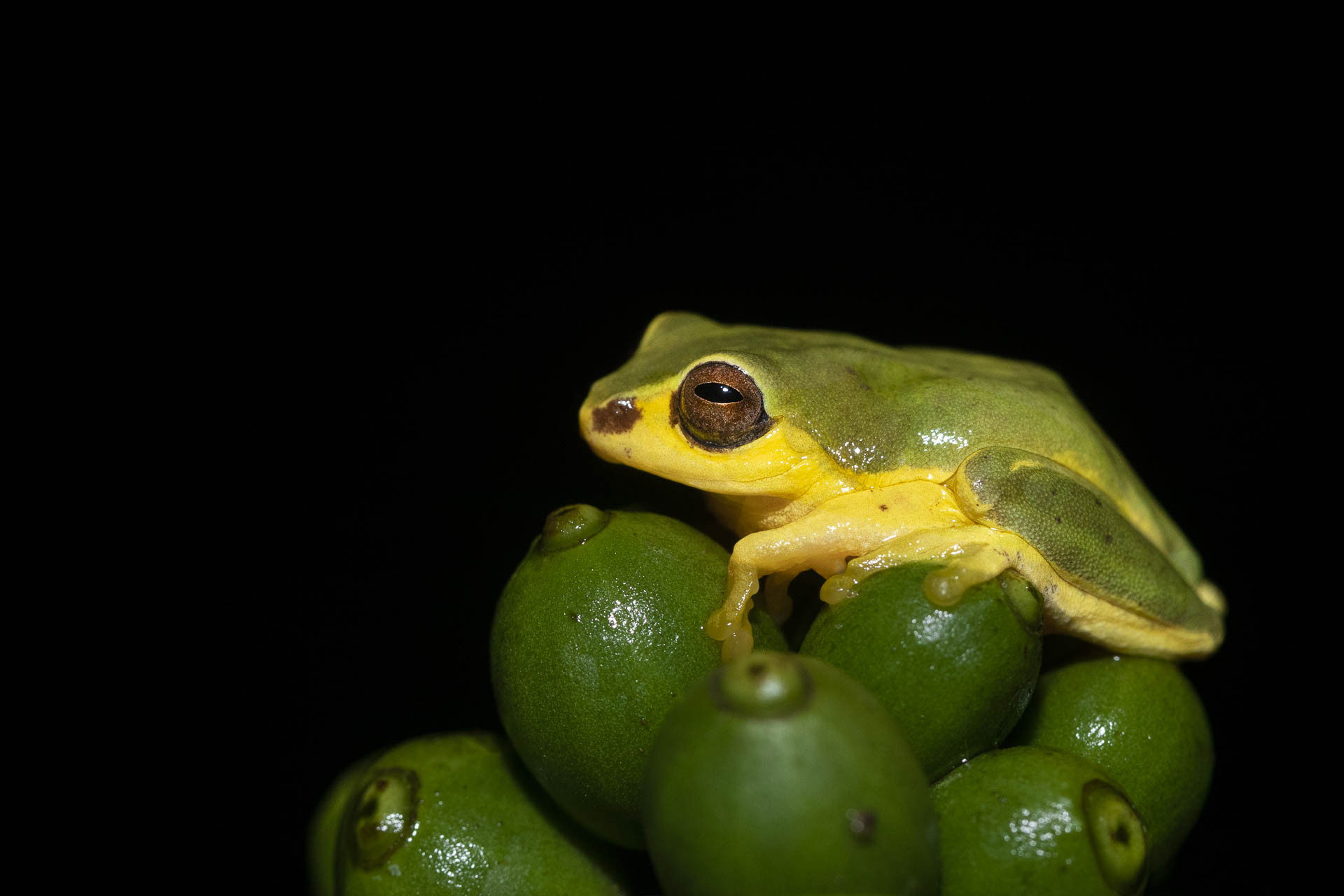

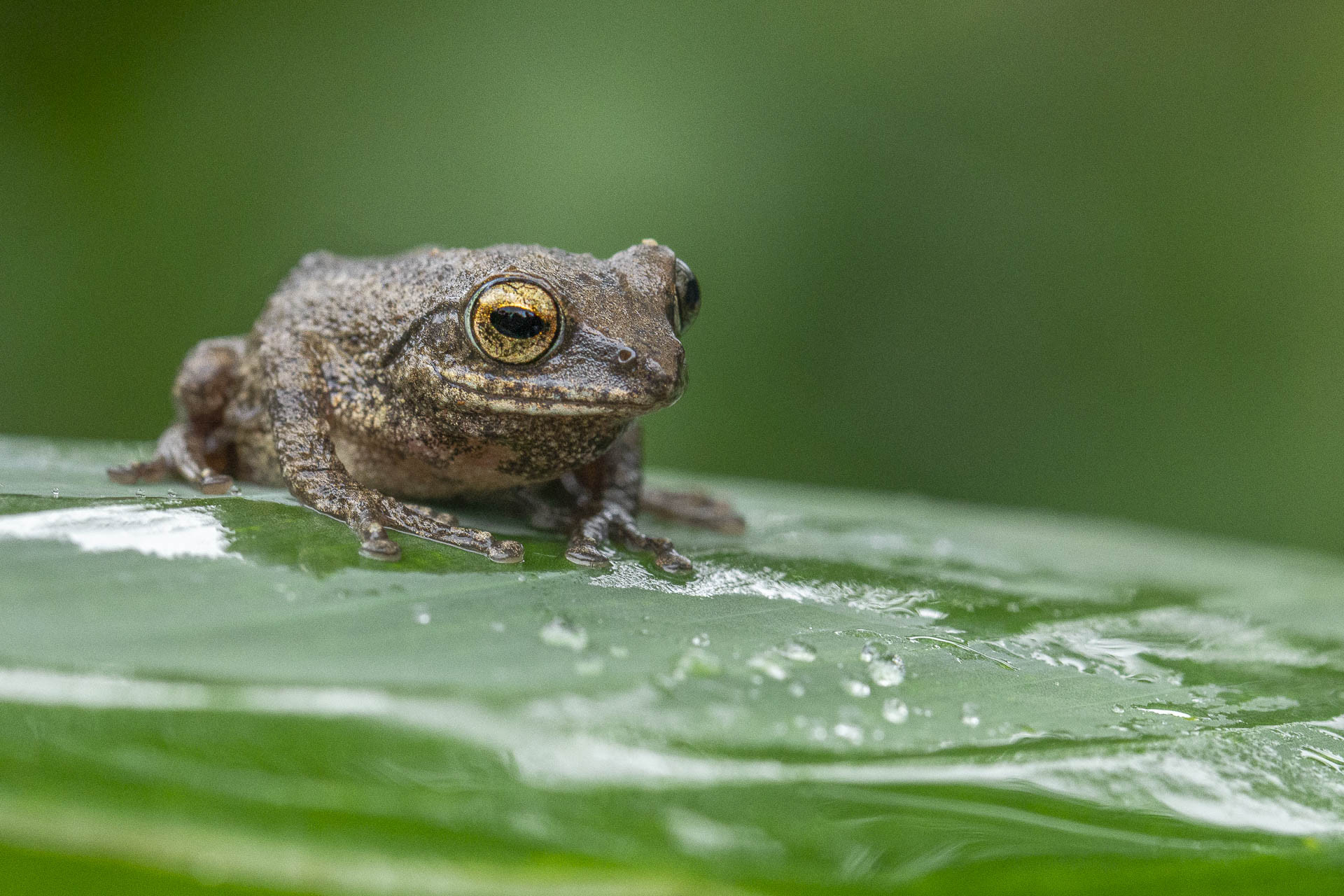
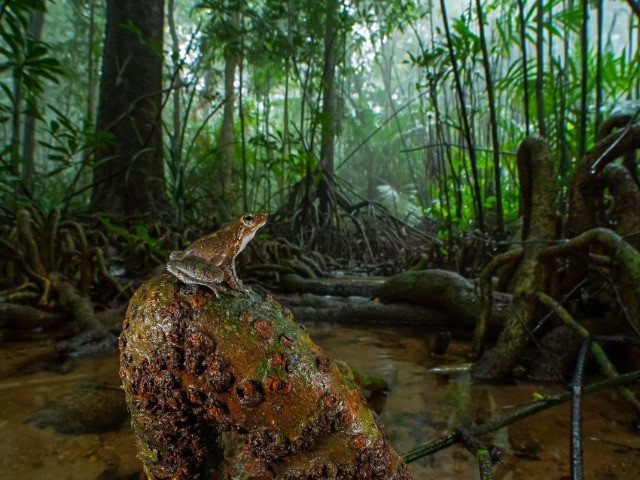



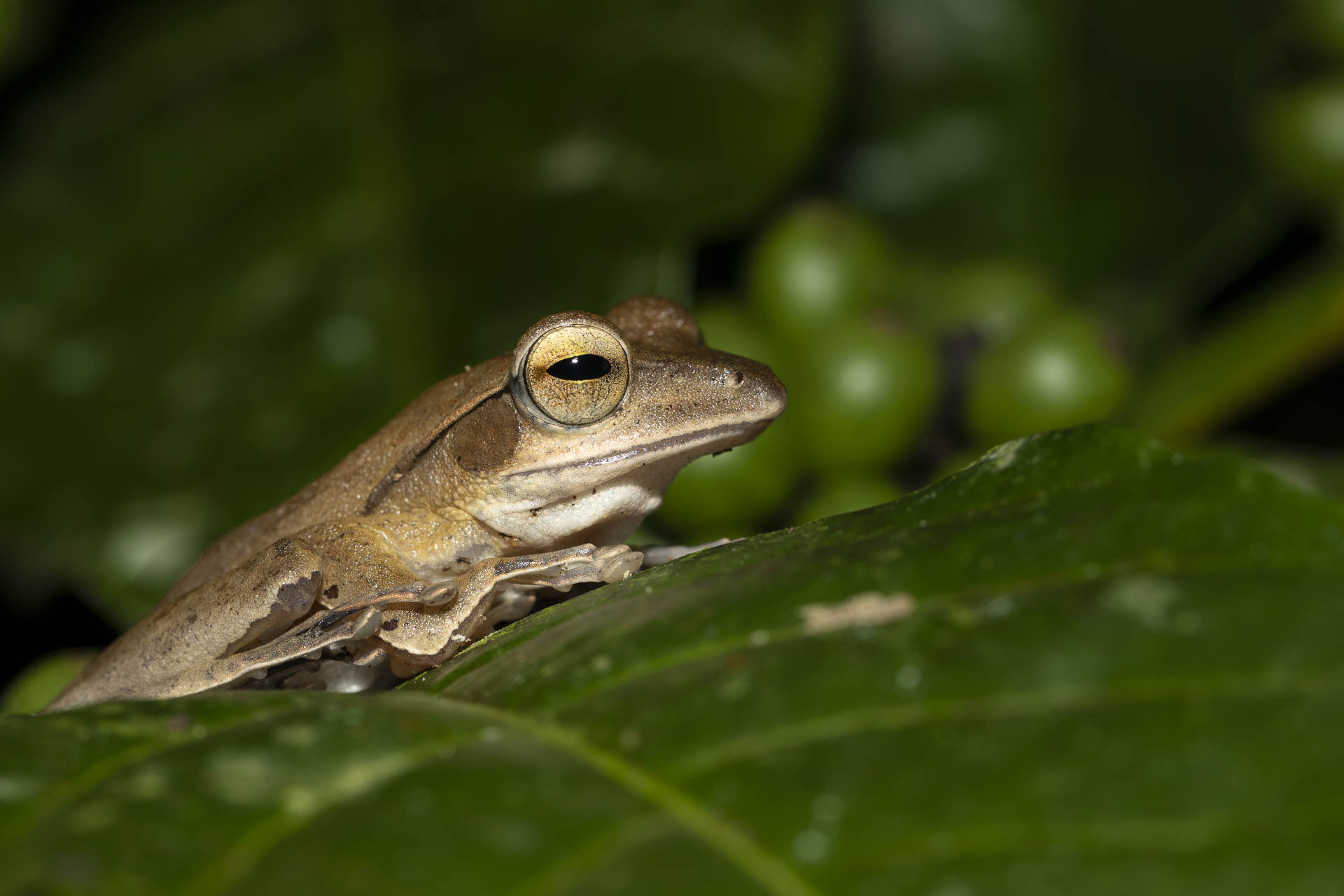
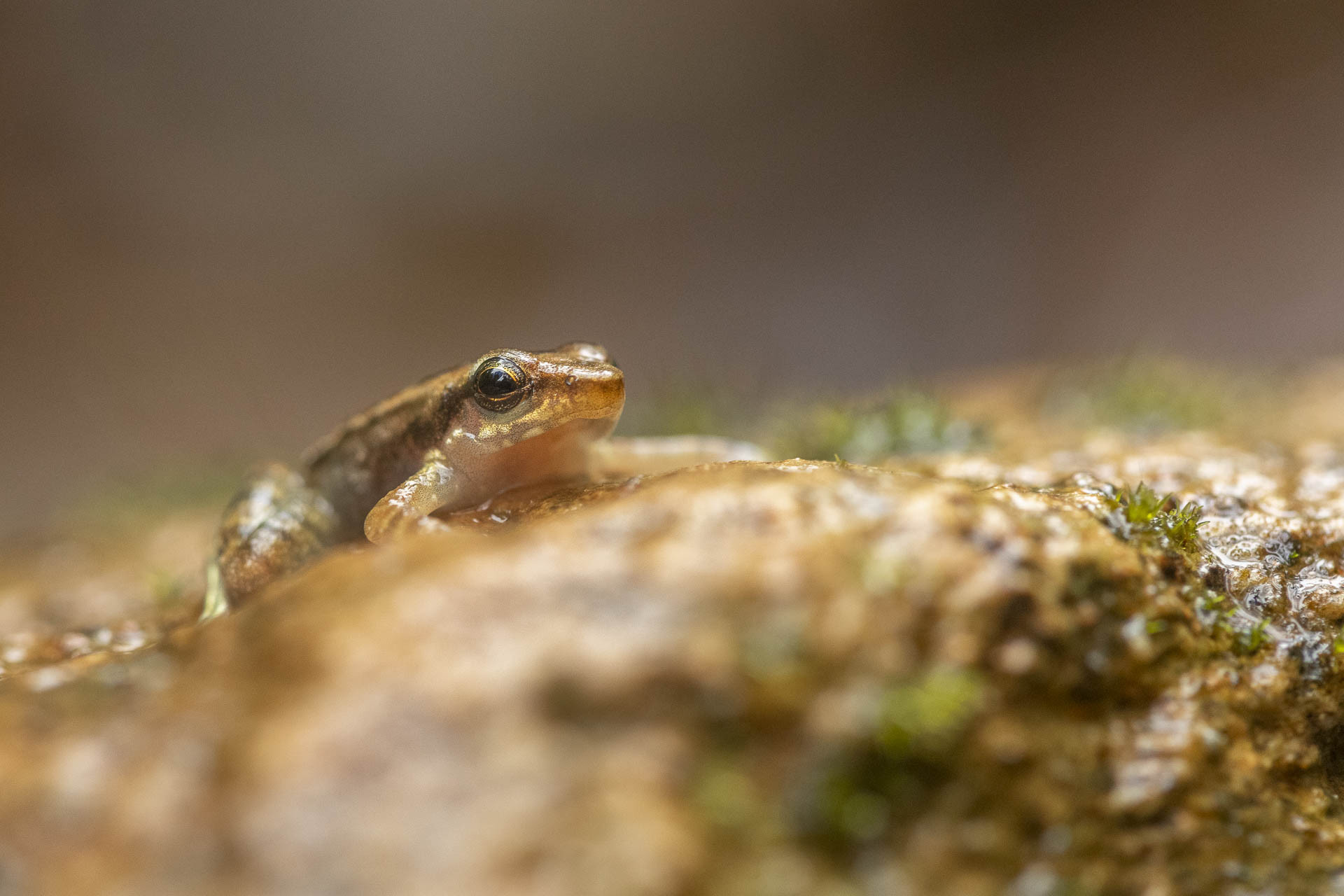

.jpg)
